Countdown to Wilderness: Places Congress Can Yet Protect in 2014
Fifty years after the passage of the Wilderness Act, this landmark law remains the nation’s most effective tool for protecting wild places. Congress has a chance to protect a few additional areas across the nation before it adjourns for the year. A number of wilderness measures have been reported out of committees and await action on the floor. Local communities have been working with their Representatives and Senators to pass these bills for years. Now lawmakers are poised to get them across the finish line.
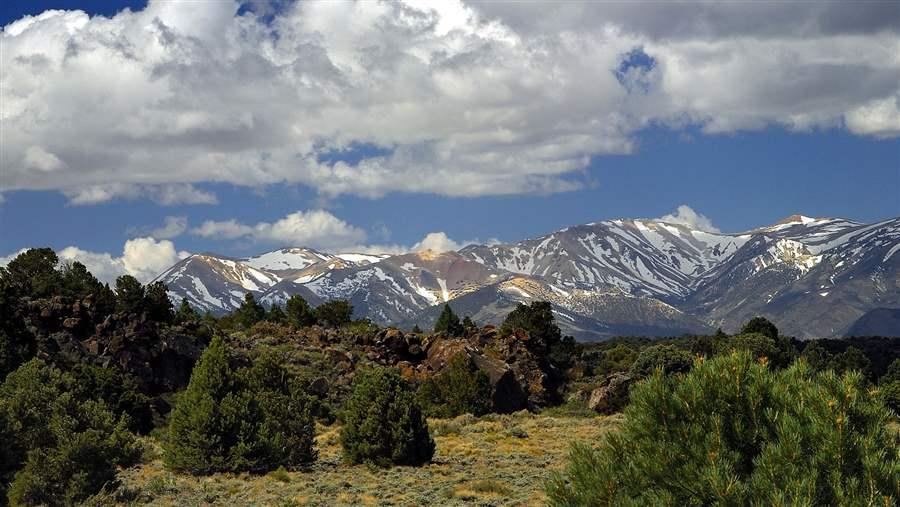 © Kurt Kuznicki, Friends of Nevada Wilderness
© Kurt Kuznicki, Friends of Nevada WildernessWovoka Wilderness
The Northern Nevada Land Conservation and Economic Development Act would designate wilderness in Nevada.
Wilderness protection is an enduring American value that enjoys wide support across the country. This was demonstrated yet again in March, 2014, with the passage of the bipartisan Sleeping Bear Dunes National Lakeshore and Conservation Act, sponsored by Michigan Republican Dan Benishek in the House and Democrat Carl Levin in the Senate.
The 50th anniversary of the Wilderness Act has been a rallying point for Americans from coast to coast working to safeguard extraordinary natural landscapes from development. Historically, wilderness protection has primarily emerged from community-based efforts—people taking stock of the natural beauty found on their local public lands and deciding that the treasures there are worth passing on to future generations. It is civic participation at its best.
We join local communities in urging Congress to pass these bills this year:
Alpine Lakes, Washington
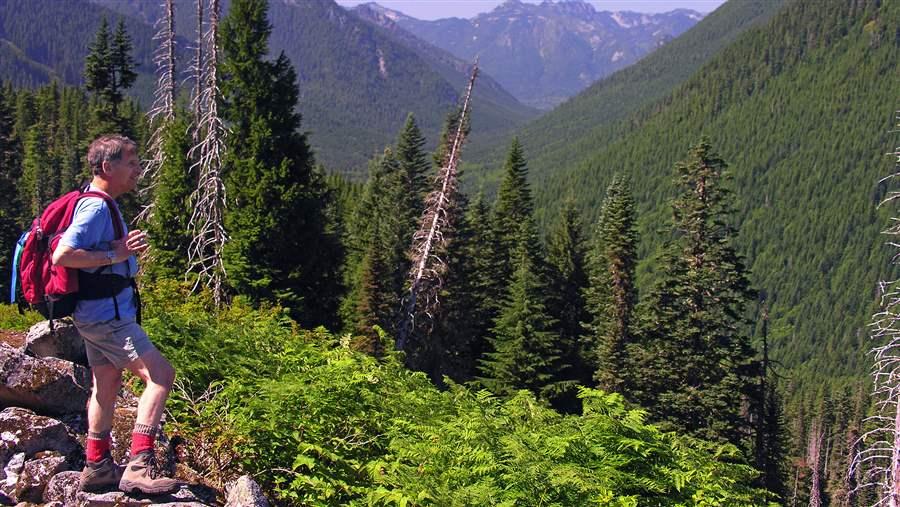 © Harry Romberg
© Harry RombergThe Alpine Lakes Wilderness Additions and Pratt and Middle Fork Snoqualmie Rivers Protection Act (H.R. 361/S. 112) would expand the existing 394,000-acre Alpine Lakes Wilderness by 22,100 acres and designate parts of the Middle Fork Snoqualmie and Pratt Rivers as wild and scenic. The areas safeguarded by this bill lie in the Pratt River Valley and the Middle and South Fork Snoqualmie River Valleys, a region that includes glacier-cut U-shaped valleys, snow-capped peaks, old-growth forests, whitewater rivers, and strong native trout runs.
This area is the closest and most accessible to residents of the greater Seattle metropolitan area.
Beaverhead-Deerlodge-Kootenai, Montana
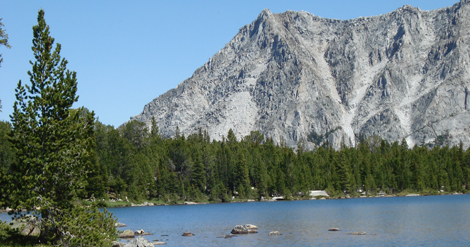 © Russell O'Leary
© Russell O'LearyThe Forest Jobs and Recreation Act (S. 37) would designate nearly 700,000 acres of wilderness across the Beaverhead-Deerlodge, Lolo, and Kootenai National Forests, including the East and West Pioneers, the Sapphires, Lost Cabin, and Lima Peaks, and adding to the Lee Metcalf, Anaconda-Pintlar, and North Fork Blackfoot Monture Creek Wilderness Areas.
The bill would also improve forest health and fish and wildlife habitat as well as preserve hunting, fishing, hiking, and horseback riding traditions. Along with wilderness protection, the measure would designate areas for backcountry recreation and areas for forest stewardship.
Rogue River/Devils Staircase, Oregon
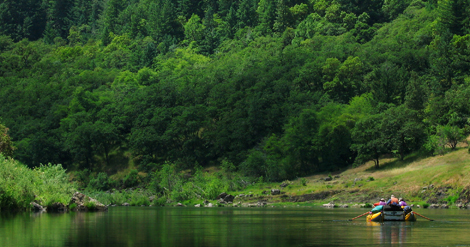 © Rolf Skar
© Rolf SkarThe Oregon and California Land Grant Act of 2013 (S. 1784) would help solve the decades-old issue of management of the 2.8 million acres of “O&C” lands in western Oregon. Included in this legislation is 87,000 acres of wilderness protection for the Wild Rogue and Devil’s Staircase areas, as well as roughly 252 miles of wild and scenic rivers. While the bill does allow for increased timber harvest, it will safeguard some of the nation’s oldest forests from logging and commercial development. People visit Oregon and the “O&C” lands in the proposal to hike, fish, whitewater raft, kayak, and camp.
Cherokee National Forest, Tennessee
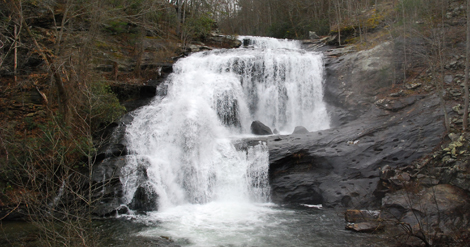 © Lindsay Schlageter
© Lindsay SchlageterThe Tennessee Wilderness Act of 2013 (S. 1294) would designate nearly 20,000 acres of wilderness in the Cherokee National Forest -- expanding five existing wilderness areas, including Sampson Mountain and Joyce Kilmer-Slickrock, and creating the new the Upper Bald River Wilderness.
It would also preserve important watersheds and habitat for native brook trout, black bear, bobcat, grey fox, and white-tailed Deer and will safeguard a popular migratory, breeding and wintering habitat for numerous bird species.
Columbine Hondo, New Mexico
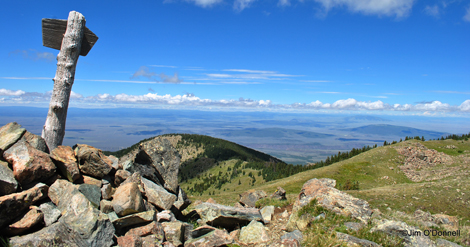 © Jim O'Donnell
© Jim O'DonnellThe Columbine-Hondo Wilderness Act (H.R. 1683/S. 776) would protect 45,000 acres of wilderness north of Taos in the Carson National Forest.
The area encompasses the Sangre de Cristo Mountains, including Gold Hill, its highest peak, and is home to elk, mountain lion, black bear, pine marten, and Rio Grande cutthroat trout. It also contains the headwaters for two rivers that supply water to the Acequias used by the local community.
Rocky Mountain Front, Montana
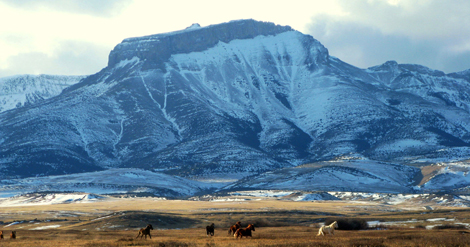 © Gene Sentz
© Gene SentzThe Rocky Mountain Front Heritage Act (S. 364) would safeguard 275,000 acres of rugged public land in western Montana. The bill will add 50,500 acres to the Bob Marshall Wilderness and 16,700 acres to the Scapegoat Wilderness.
The legislation would also designate 208,000 acres as conservation management areas and prioritizes noxious-weed eradication and prevention on these public lands.
Hermosa Creek, Colorado
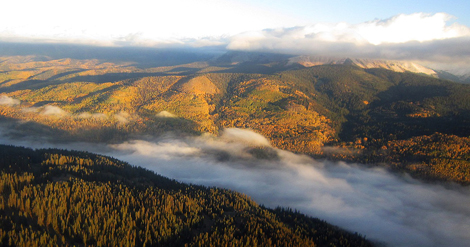 © Courtesy of Sen. Bennet's Office
© Courtesy of Sen. Bennet's OfficeThe Hermosa Creek Watershed Protection Act (H.R. 1839/S. 841) would conserve the 108,000-acre Hermosa Creek Watershed in the San Juan National Forest of southwest Colorado.
The bill will designate nearly 38,000 acres of wilderness within the watershed. The area is prized for its stunning vistas, pristine water quality, and diverse plant and animal species.
Pine Forest and Lyon County, Nevada
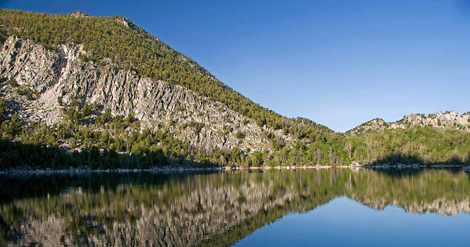 © Brian Beffort
© Brian BeffortThe Northern Nevada Land Conservation and Economic Development Act (H.R. 5205) would designate 48,000 acres of wilderness in Lyon County, NV, protecting historic, cultural, and natural resources. It would also convey 12,500 acres of land to the city of Yerington for economic development surrounding the Nevada Copper mine.
The Wovoka Wilderness would be named in honor of the Native American spiritual leader and father of the Ghostdance, who lived near the area. The bill would also designate the 26,000-acre Pine Forest Range Wilderness in northwest Nevada, a popular destination for sportsmen and recreationists, and prime habitat for mule deer, sage grouse, and mountain lion.


This video is hosted by YouTube. In order to view it, you must consent to the use of “Marketing Cookies” by updating your preferences in the Cookie Settings link below. View on YouTube
This video is hosted by YouTube. In order to view it, you must consent to the use of “Marketing Cookies” by updating your preferences in the Cookie Settings link below. View on YouTube


This video is hosted by YouTube. In order to view it, you must consent to the use of “Marketing Cookies” by updating your preferences in the Cookie Settings link below. View on YouTube
This video is hosted by YouTube. In order to view it, you must consent to the use of “Marketing Cookies” by updating your preferences in the Cookie Settings link below. View on YouTube






